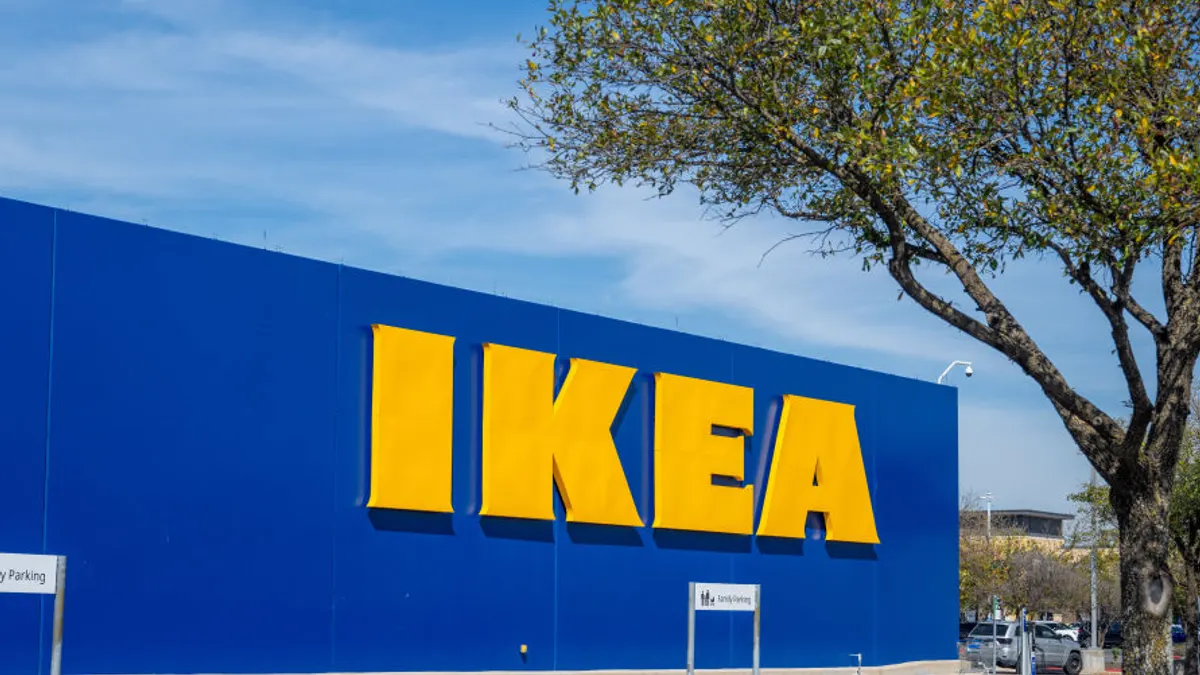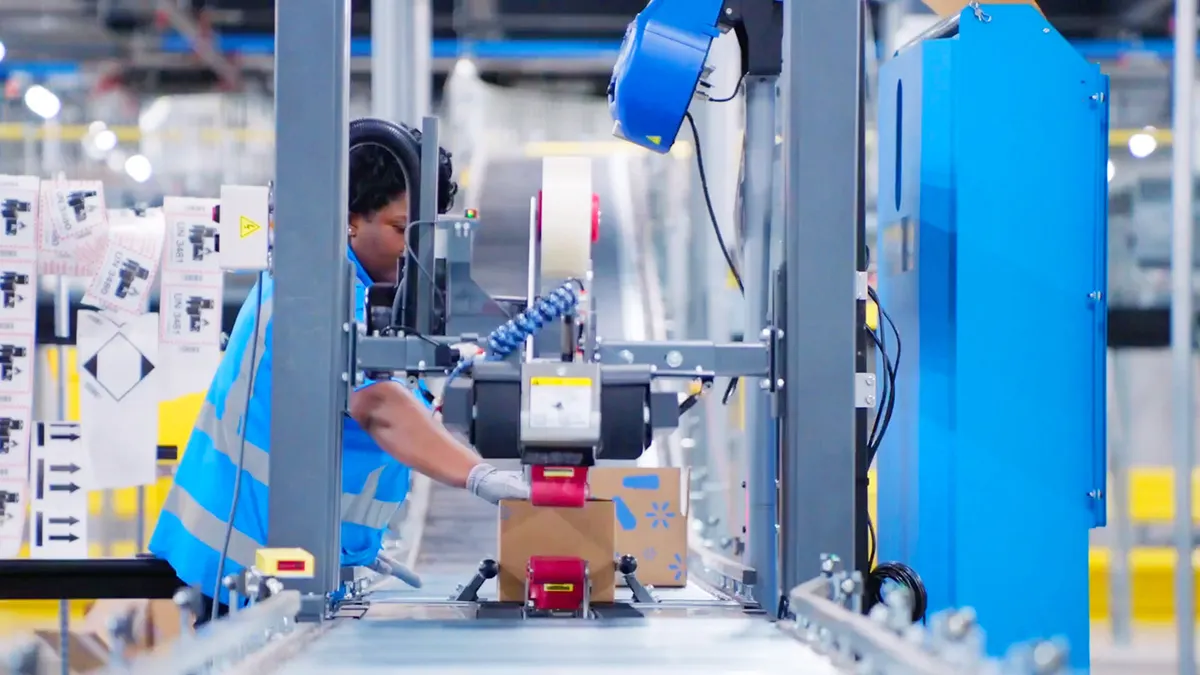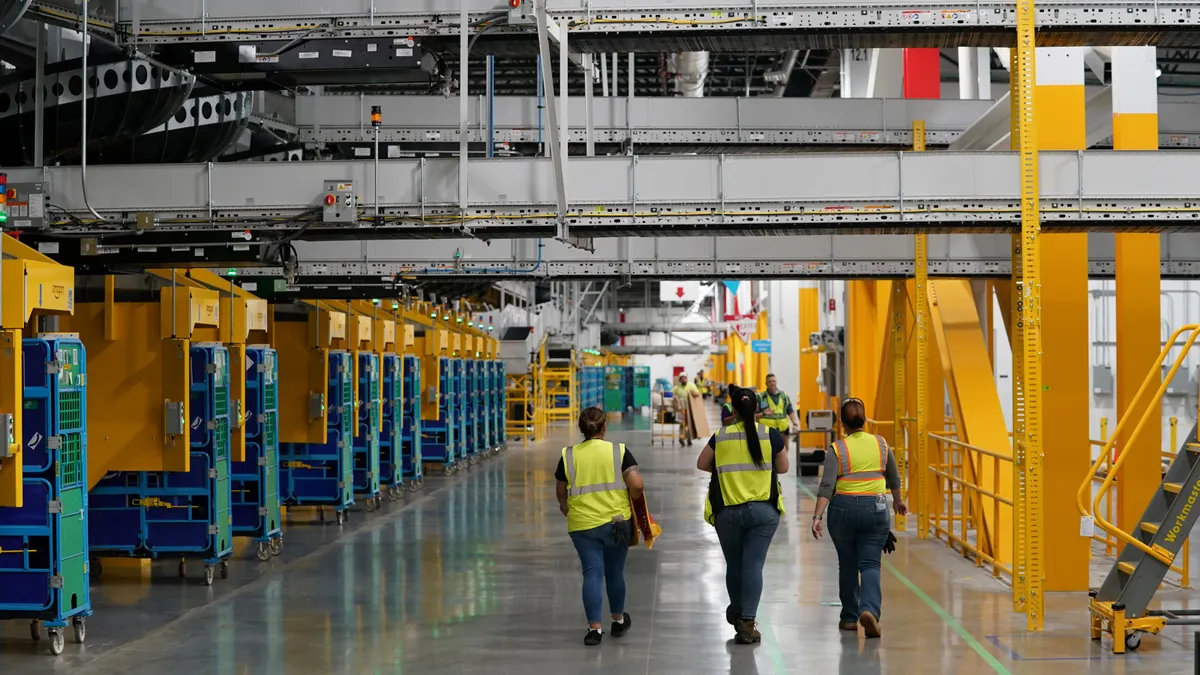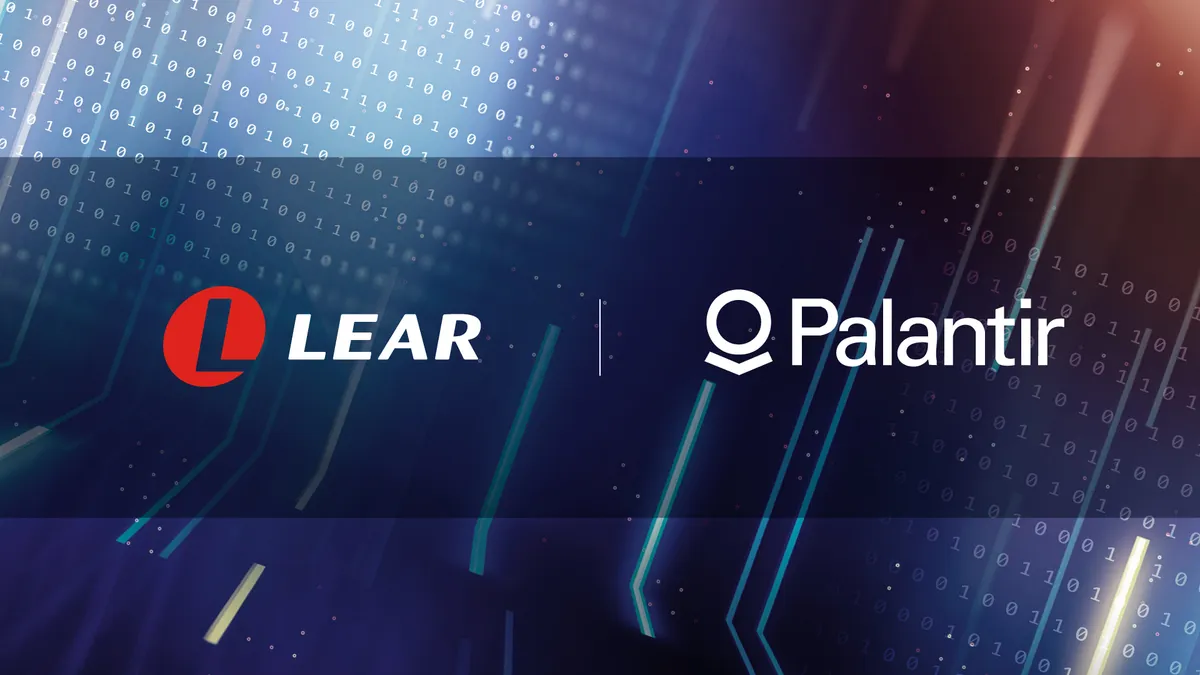While warehouse managers and supply chain leaders may be eager to acquire robots and automated technologies, the large capital investments and expertise required can often be a barrier to adoption.
Following the trends of the software as a service (SaaS) industry, robotics companies are now offering robotics as a service (RaaS) solutions that make robot deployments more feasible than ever. Much like companies that use SaaS to efficiently adopt software solutions, RaaS models offer a cost-effective, less risky and scalable way to adopt robotics in warehouses with no additional infrastructure requirements and little training.
ABI Research says the concept will tip the scale in robot adoption and estimates there will be more than 1.3 million RaaS deployments worldwide by 2026 with the largest installations in logistics, manufacturing and hospitality. RaaS revenues and deployments are rapidly eclipsing those from robot purchases, as end users discover more value in securing robotic solutions rather than just equipment, according to ABI.
"RaaS is the next phase of market development," Rian Whitton, an ABI Research analyst, said in the press release.
RaaS: A low-risk, 'worry-free' model
Many large retailers are looking to robotics to improve efficiency in their distribution centers, and Amazon acquired Kiva Systems for $775 million in 2012 to bring its warehouse robotic systems in-house. But for most organizations, developing and managing the technology under their own roof is neither practical nor cost-effective.
"It’s not just the cost of the robot. It’s the cost of the knowledge and expertise to develop and maintain the whole process," Dan Parks, co-founder and COO at inVia Robotics, told Supply Chain Dive.
In a fluid and low-margin business like e-commerce, the constant pressure to expand, get closer to the customer and scale up and down on seasonal trends can make it difficult for warehouses to accurately predict long-term needs. RaaS enables customers to reduce uncertainty and technological barriers to adoption and to deploy robots without large upfront costs, Parks said.
"It’s not just the cost of the robot. It’s the cost of the knowledge and expertise to develop and maintain the whole process."

Dan Parks
Co-founder and COO, inVia Robotics
"It can be hard to invest in a system with a three- to five-year payback because they might have an entirely different operation by then," Parks said. "There’s a growing need for more alternatives as far as robotic solutions."
These scalable delivery models enable warehouse and supply chain managers to deploy robots in a flexible manner with less risk, Melonee Wise, CEO of Fetch Robotics, told Supply Chain Dive. Whereas typical technology deployments could take more than 18 months in planning and installation, RaaS providers can get customers up and running in as little as a couple of weeks. Many warehouses start by piloting a few robots then scale up as needed.
"It de-risks things and offers a worry-free start," Wise said. "We’ve talked to a lot of customers that got burned making all this time and investment in these plans and then their business changes."
Quick deployment with little infrastructure requirements
RaaS warehouse solutions require little infrastructure and can be flexibly deployed in any facility, Parks said. InVia Robotics offers an automated picking system to manage a network of picker robots that can autonomously move inventory from one point to another. The compact robots are two feet tall by two feet wide, can reach up to eight feet high and can carry standard totes weighing up to 40 pounds.
"There really isn’t much infrastructure required," he said. "You just basically put a bunch of stickers on your existing shelving and the robots go and pick."
Fetch’s RaaS line of VirtualConveyor Autonomous Mobile Robots (AMRs) can handle everything in an e-commerce warehouse from case picking and pallet movement, Wise said. The HMIShelf robots can carry a wide range of bins and totes and can be customized and configured to a wide range of facilities in as little as a couple of days, Wise said.
RaaS solutions are typically offered in a multi-year contract and include everything from monitoring and maintenance to support. Fetch currently has robots deployed in 19 counties and customers such as DHL and Ryder. While Fetch customers’ warehouses average 500,000 square feet, they have also deployed in facilities as small as 50,000 square feet, Wise said.
Other RaaS providers in the warehouse and supply chain space include Kindred and Locus Robotics.
Can RaaS help solve warehouse labor shortages?
In addition to improving efficiency, RaaS can also help support the human workforce in the supply chain where labor shortages have become a growing issue. RaaS can enable warehouses to more easily extend hours and handle surges during peak seasons without the complexity of adding more staff, and it can help cover work when staffing is light.
"One customer runs 160 workers on a shift but may only have an average of 130 show up. It impacts their ROI on day one because they can use robots to adjust to the changes," Wise said.
Most RaaS providers can remotely monitor robots via the cloud to ensure optimal performance and software updates, eliminating the need for any maintenance or management on the part of the warehouse operator. Minor issues can usually be reported and fixed remotely and automatically, and technicians are dispatched when required, Parks said.
"We’re supporting the customer the whole way through and eliminate many of the challenges in [robot] adoption," Parks said.
This story was first published in our weekly newsletter, Supply Chain Dive: Operations. Sign up here.




















